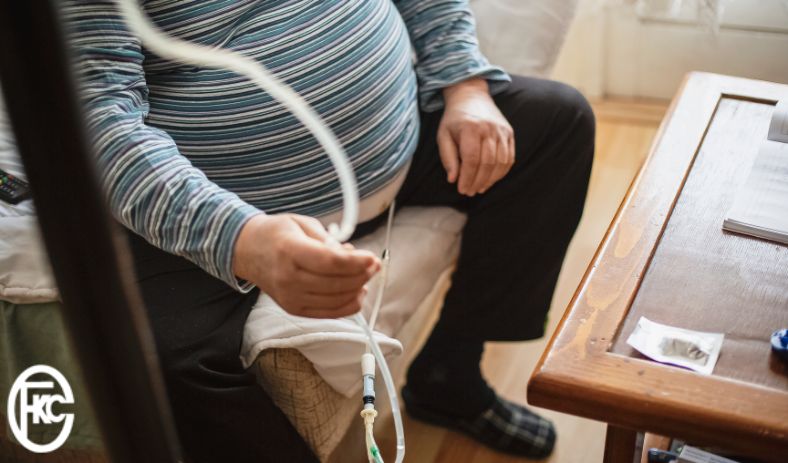
If you or a loved one has been diagnosed with kidney failure, you may wonder what treatment options are available. One option is peritoneal dialysis, which is a type of dialysis that can be done at home. In this article, we'll explain what peritoneal dialysis is, how it works, and what you need to know if you're considering this treatment option.
What is peritoneal dialysis?
Peritoneal dialysis uses the lining of the peritoneum (the abdominal cavity) as a filter to remove waste and excess fluid from the blood. This type of dialysis is usually done at home and can be done manually or with a machine.
How does peritoneal dialysis work?
Peritoneal dialysis works by filling the peritoneum with a sterile solution called dialysate. The dialysate absorbs waste and excess fluid from the blood, and the answer is drained out of the peritoneum. This process is repeated several times throughout the day.
What are the benefits of peritoneal dialysis in Florida?
There are several benefits of peritoneal dialysis, below are the top 5 benefits of peritoneal dialysis:
1. Peritoneal dialysis can be done at home, giving you more flexibility and control over your treatment.
2. Peritoneal dialysis does not require a significant amount of time; you can typically do it during the day while continuing to do your normal activities.
3. Peritoneal dialysis is less invasive than other types of dialysis, and there is no need for surgery.
4. Peritoneal dialysis can provide better blood pressure control and a lower risk of developing complications such as heart disease.
5. Peritoneal dialysis may improve your quality of life by providing more energy and allowing you to eat a more normal diet.
What are the risks of peritoneal dialysis?
Although peritoneal dialysis is a safe and effective treatment option, some risks are associated with it. These risks include:
1. Infection: Because the peritoneum is a sensitive area, there is a risk of infection if the dialysate is not sterile.
2. Fluid overload: If too much fluid is removed from the blood during peritoneal dialysis, it can lead to fluid overload.
How is peritoneal dialysis performed?
Peritoneal dialysis is typically performed at home and can be done manually or with a machine. The dialysate is filled into the peritoneum through a catheter, and the waste and excess fluid are removed from the blood. The dialysate is then drained out of the peritoneum, and the process is repeated several times throughout the day.
If you or a loved one has been diagnosed with kidney failure, peritoneal dialysis may be a treatment option. This type of dialysis has many benefits, but there are also some risks to be aware of. Talk to your doctor to see if peritoneal dialysis is proper for you.
What is the success rate of peritoneal dialysis?
Peritoneal dialysis has a success rate of about 80-85%. This means that 8 out of 10 people who start peritoneal dialysis will still be doing it after one year.
Peritoneal dialysis is a safe and effective treatment option for people with kidney failure. It has many benefits, but there are also some risks to be aware of. Talk to your doctor to see if peritoneal dialysis is proper for you